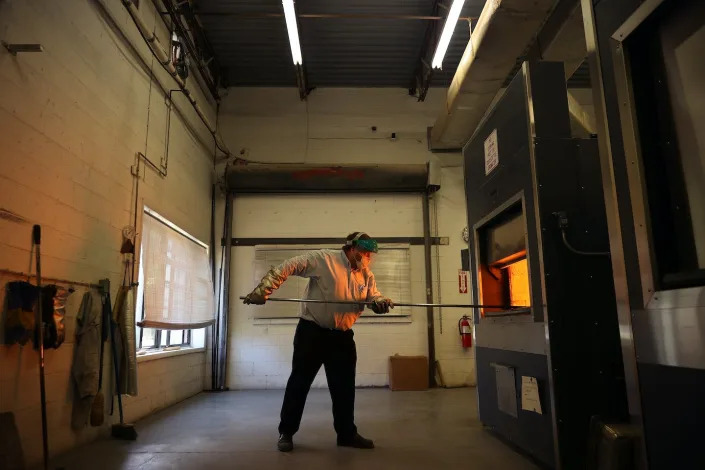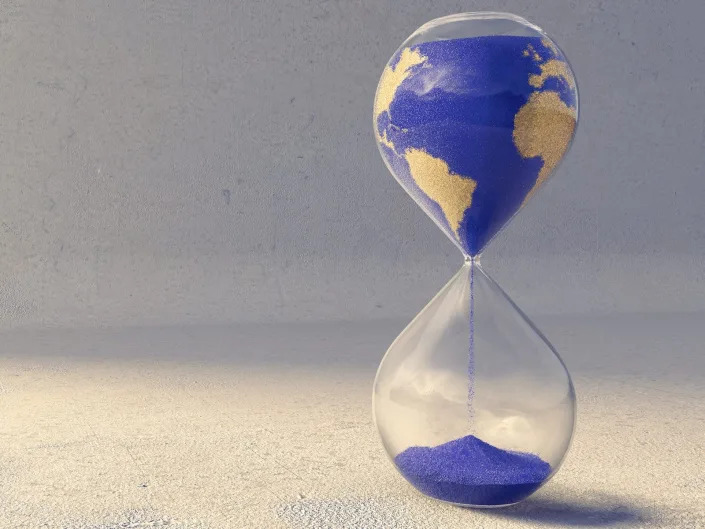Politico
How Ruth Bader Ginsburg Will Have The Last Laugh on Samuel Alito
John F. Harris – August 4, 2022

Justice Samuel Alito, in drafting Dobbs v. Jackson Women’s Health Organization, said he and the other justices who joined him in ending a constitutional right to abortion had no ability to foresee what the political implications would be. Even if they could know, he added, justices have “no authority to let that knowledge influence our decision.”
Does Alito genuinely write his opinions with no concern at all of what the practical political consequences might be?
In overturning Roe v. Wade, a decision he said was “egregiously wrong,” Alito asserted that the place to decide the morality and legality of abortion is not the Supreme Court but the political process in 50 states.
So what does Alito think now, in the wake of Kansas voters resoundingly rejecting a proposal to remove protections for abortion rights from their state constitution?
These are not gotcha questions. Alito presumably would answer that what happened in Kansas on Tuesday is precisely the kind of democratic process that the Supreme Court “short-circuited,” as he wrote in Dobbs, when it established a national right to abortion by judicial edict even as the issue remained deeply unsettled in the society.
They are questions, however, that highlight how life is full of surprise and paradox, even for a Supreme Court justice who specializes in blustery self-assurance. Alito’s career as an advocate for social conservatism began long before he joined the court. His record is replete with deference to religious tradition and skepticism of loosening sexual mores on all fronts, including gay rights. His references to “abortionists” in the Dobbs opinion hardly conceal his personal disdain. There can be little doubt of how he would have cast his ballot if he were a Kansas voter.
Yet the Kansas result raises an arresting possibility: Alito’s long-term legacy may well be as the justice who facilitated a national consensus on behalf of abortion rights. Quite unintentionally, today’s hero of the “pro-life” movement could end up being a giant of the “pro-choice” movement.
Alito’s achievement was to take abortion out of the arena where it has been for a half-century — a place in which aggrieved advocates on both sides invoked a hypothetical world in which abortion is no longer legal — and move it to an emphatically real-world arena. In this new environment, all kinds of people who under ordinary circumstances would prefer not to have to think and argue about abortion must decide which side they are on.
There is good reason to be wary the old maxim of Fleet Street journalism — first simplify, then exaggerate — in some of the post-Kansas analysis. The impact of abortion politics on the mid-term elections remains murky. In most cases, voters will be choosing among candidates, not deciding a sharply framed referendum. Moreover, while Kansas is undoubtedly conservative, it is also a state with a Democratic governor and is not necessarily predictive of the dynamics in conservative states with abortion bans that took place immediately after the Supreme Court’s June ruling.
But if the Kansas result isn’t necessarily a portent of the politics of 2022 it is suggestive of the politics of 2032. Long-term, under current trends, it is easy to envisage a decisive shift that would leave a national resolution of the issue in favor of abortion rights, even in states that do not currently support that. It is hard to envisage the opposite result.
The difference lies in the gap between abstract politics and concrete politics. This is the same dynamic that makes Social Security highly popular among people who claim they disdain big government. The Kansas result, which mirrors polling showing solid majorities of people supported leaving Roe v. Wade intact, suggests that opponents of legal abortion do better when the prospect of an abortion ban is hypothetical, while abortion-rights supporters do better when the issue is tangibly real.
Values take on meaning not in the abstract but in the particular. What do you really believe when it is your adolescent child who is pregnant or has impregnated someone? Or your extramarital affair that results in a pregnancy? Or your obstetrician who calls to say she has unwelcome news from the results of a genetic test?
Thankfully, most people do not get to learn what they really believe by landing in such a situation. But lots of people — of all political persuasions — do get to learn. The Guttmacher Institute, which conducts research on abortion policy, found that about one in five pregnancies in 2020 ended in abortion. In an earlier study, from 2017, it found that about one in four women will have an abortion by age 45.
Is that number surprising? As long as abortion was a legal right, plenty of these women and their partners were likely animated by plenty of other political issues. The question now is what has changed, and Kansas suggests an answer.
Even many abortion-rights advocates acknowledge there is some truth to what Alito asserted multiple times in his opinion: That the court hindered, rather than helped, a national resolution of the abortion question. Somewhat tauntingly, the Dobbs opinion cited a 1992 speech from one of the most prominent abortion-rights supporters of all, Ruth Bader Ginsburg, that Roe “halted a political process that was moving in a reform direction and thereby, I believed, prolonged divisiveness and deferred stable settlement of the issue.”
It was as if Alito was playing a joke on Ginsberg’s memory by quoting her. It seems entirely likely that she will end up having the last laugh.









